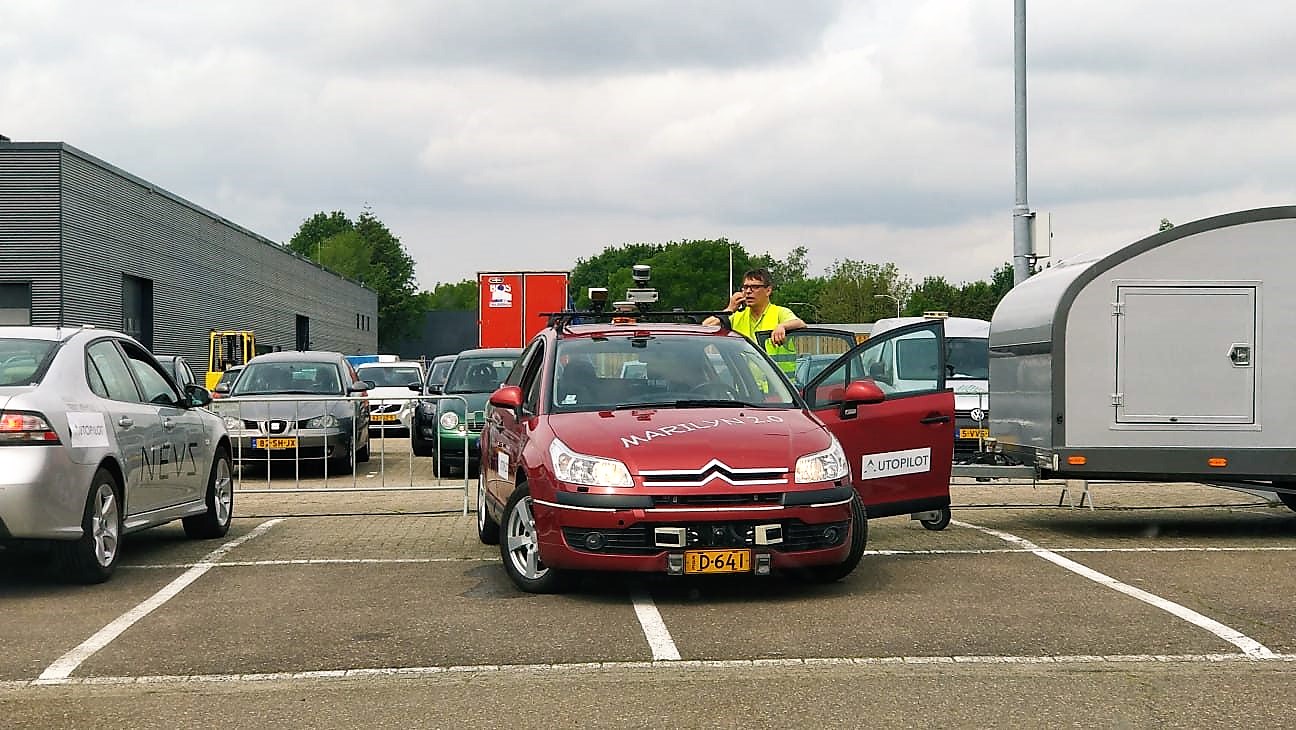Summer is here, but AUTOPILOT Interviews Series does not go on holidays (yet)!
We are pleased to introduce you to one of our consortium partner, VTT (Technical Research Centre of Finland), which will bring us into the world of Valet parking explaining more about their live demo.
Enjoy the reading!
- VTT: meet the company
VTT is a research organisation with 2200 employees. Our strategic spearhead is digitalising industry and mobility of people and goods. Our research team is involved in the development of novel CAD functions for the mobile machinery and automotive industry domains. Our recent research is especially focused on communications between vehicles and infrastructure environment perception, driving functions and artificial intelligent in AVs.
- VTT in AUTOPILOT: what is your role in the project?
VTT has two main responsibilities in the AUTOPILOT project. We have been the test leader and supervisor of the Finnish test site activities, in Tampere. On the other hand, VTT was also in charge of evaluating impacts of the automated driving functions dedicated for improving people mobility. The oneM2M based IoT system was created to collect data from automated car fleet and deliver the information to help other AVs to handle VALET parking and intersection driving scenarios.
- You carried on a live demonstration at the Automotive Campus in Helmond during the last 13th ITS EU Congress in June. Can you shortly explain us what was it about?
The demo tested driving automated mode in VALET parking area, where normally the pedestrians are not allowed to circulate. “Marylin”, our automated car, drove to the parking area and when the laser scanners detected pedestrians, the car communicated the warning to the other vehicles, sending a message to the common IoT space and also to the traffic light in front of the parking area. The IoT space was located in VTT’s premises in Tampere, Finland, 1300 km away from the Automotive Campus of Helmond.
- In your perspective, what elements of the project have the highest impact on the market and business exploitation possibilities? Which of them is the most interesting from your clients’ point of view?
IoT and MQTT broker implementations are the key AUTOPILOT outcomes that will have an impact in the future. The pilots have showed that, having a common database in the local area, the relevant data is coherent and constantly updated: a fundamental need in a scenario in which the final decision in an automated vehicle is not made by the driver. In addition, the IoT-tailored environment perception data, understandable by other vehicles, is a crucial feature.
- IoT and final user: share your view and suggestions
IoT is a wide concept, which can be adapted to various contexts. In the case of CAD, the main benefit for the final user is the possibility to access common data not only with In-Vehicle systems, but also from their mobile devices. The data can be enriched and processed remotely to different formats, according to the application’s needs. One example is the dynamic mapping tools, which may provide artificial electronic horizon not only for trajectory planning of automated cars, but also for making strategic decisions to optimise the route.

Marylin, VTT’s automated car

